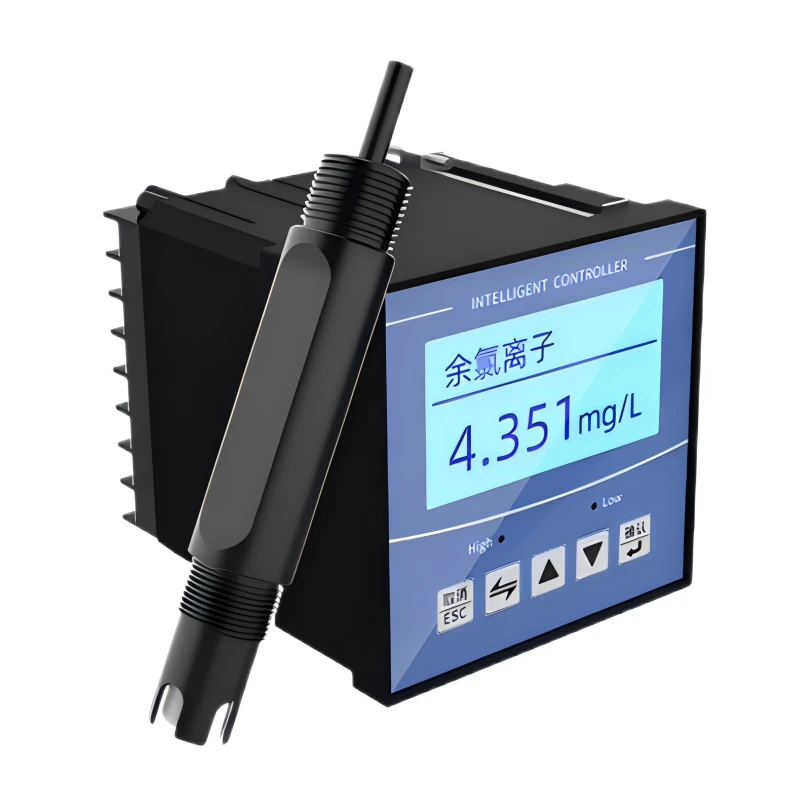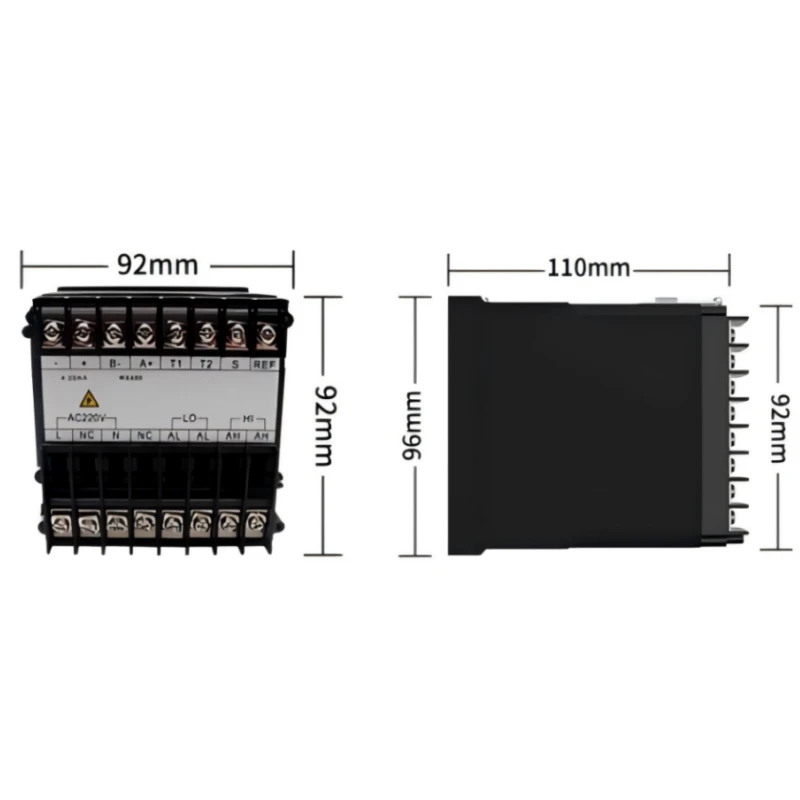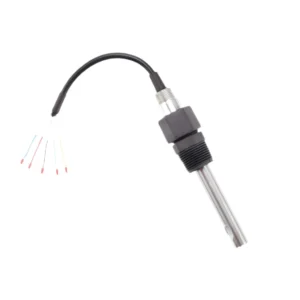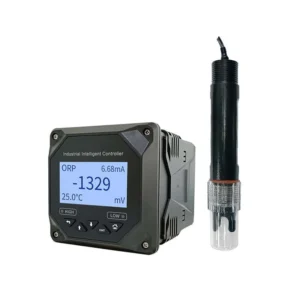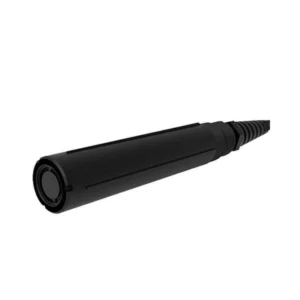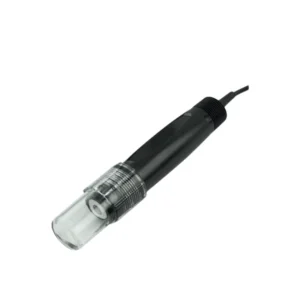Description
CDT-1T6B Residual Chlorine Sensor
The CDT-1T6B residual chlorine sensor is used in many areas. It checks wastewater, chemical fertilizers, metal production, and sewage treatment. It is also used in science, biochemistry, food, and tap water.
This sensor gives constant numerical monitoring. It has a smart temperature control system for more accurate measurement data.
Dimnsion & Mounting
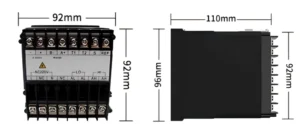
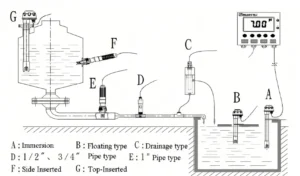
Application
Drinking water treatment:
◉In drinking water treatment plants, residual chlorine sensors help keep the water safe. Chlorine gas or chlorine-based disinfectants are often used to kill bacteria, viruses, and other germs in water. The residual chlorine sensor can measure the chlorine levels in water in real time.
◉In the city water supply system, workers install sensors to check residual chlorine at different points. As water moves through the pipes, organic matter and other substances lower the residual chlorine. If the residual chlorine level gets too low, it can cause bacteria to grow.
Swimming pool water treatment:
◉In a swimming pool, a sensor is a key tool for keeping water clean and safe. The pool water must have a certain level of chlorine. This helps kill bacteria and viruses that swimmers may bring in.
Aquaculture:
◉In aquaculture, we can use chlorine sensors to check the disinfection of water bodies. When we add new water to the aquaculture tank or clean the water, we must control the chlorine levels. This helps protect the aquaculture organisms. For most freshwater fish, chlorine levels above 0.02 mg/L can harm their gill tissue.
Environmental monitoring and sewage treatment:
◉In wastewater treatment plants, operators use chlorine sensors. These sensors help check how well the wastewater is disinfected. Before releasing sewage, they usually need to disinfect it. This helps kill harmful germs in the sewage.
The sensor can measure the leftover chlorine in the sewage after disinfection. This helps make sure the sewage meets the discharge standard.
Residual Chlorine Sensor News
Water Treatment Solution
